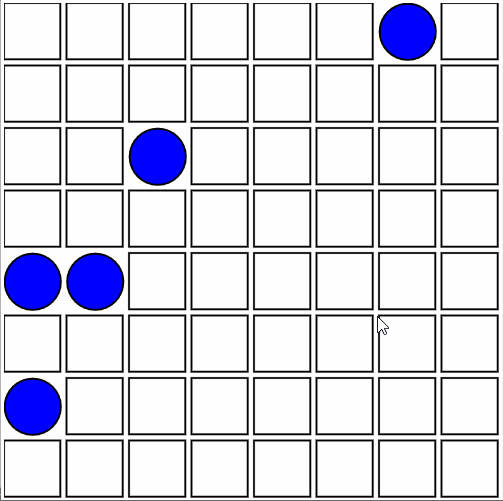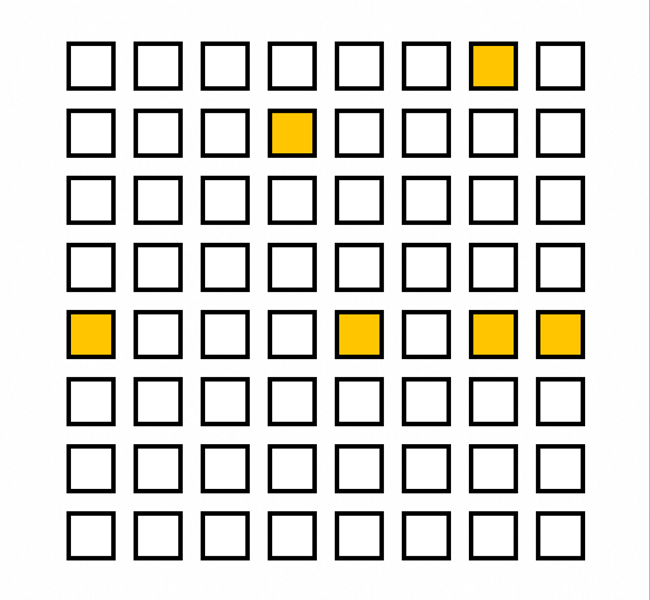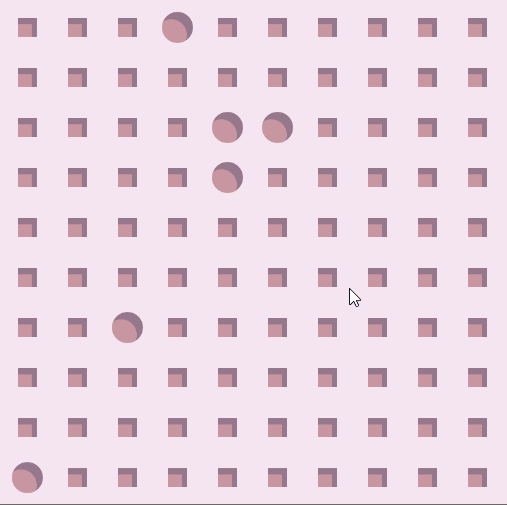- The Critical Engineer recognises that each work of engineering engineers its user, proportional to that user's dependency upon it.
This tenet of The Critical Engineering Manifesto states that a critical engineer must note how engineering has the ability to "train" its user once the user begins to rely on it. I found this tenet to be interesting because it phrases our dependency on technology in a way that is new and almost frightening. It is true that we are engineered by works of engineering, even though we usually think of ourselves as the engineers. As engineers, it is important to have foresight about how the things we make will affect the user, and to pay attention to how we ourselves are affected by technology. This almost suggests through transitivity that we can engineer others with our work, which is a dangerous thought to have.
Examples of people being engineered by works of engineering are prevalent throughout our lives. Personally, I feel as though I am heavily engineered by my computer. I use it for work, communication, and entertainment among many other things. All of the things I can do on my computer affect the daily routine of my life. Checking emails, submitting assignments, and even making art depend so much on this work of engineering that I rely on.






